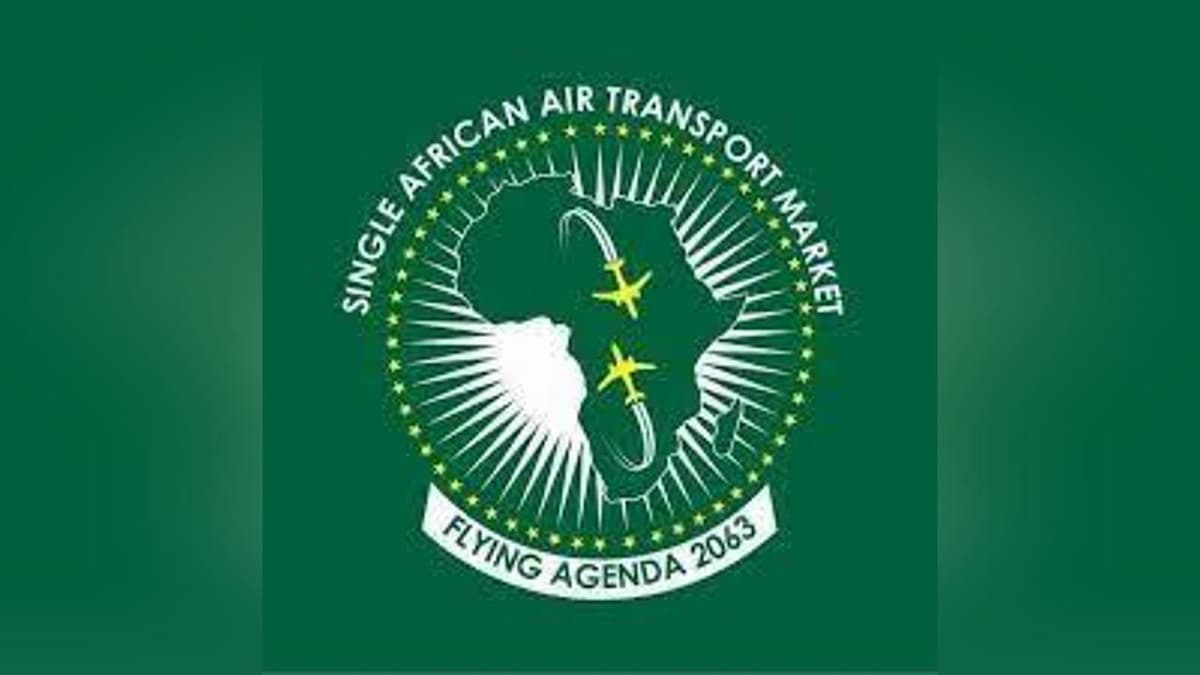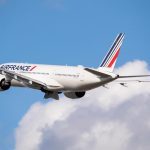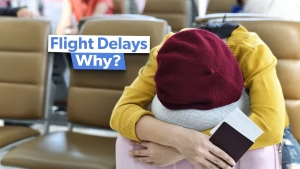The International Air Transport Association (IATA) recognizes the full implementation of the Single African Air Transport Market (SAATM) as the key to realizing the potential of aviation in Africa.
Although SAATM has been gaining pace in recent years, it has not been fully appreciated on a continental level. To date, 34 of the 54 African states have signed up for SAATM, with Uganda considering joining later this year. These 34 countries represent about 80% of the existing aviation market in Africa.
Liberalization of the air transport market
IATA has launched the Focus Africa initiative to enhance air travel’s contribution to Africa’s socio-economic development. It seeks to develop a more secure, reliable, safer, and well-connected continent by unlocking the commercial and economic opportunities offered by aviation.
The initiative will focus on six critical areas, including connectivity. Through this, it will promote the liberalization of intra-Africa market access by implementing SAATM. IATA has predicted that if 12 major countries opened their markets and increased connectivity, up to 155,000 jobs and $1.3 billion in annual revenue would be created in those countries.
Various stakeholders, including airlines, airports, civil aviation authorities, and executing agencies, have come together to promote the liberalization of African markets. Open skies will benefit all countries involved, so now it is time for the decision-makers to come onboard to ensure the effective implementation of SAATM.
The importance of the fifth-freedom
Given the vastness of the African continent, air travel is the best way to move people, goods, and services across all regions. About 85% of air travel around the continent is directly from point to point, while the remaining 15% is fifth freedom.
This significantly limits connectivity in Africa, with some airlines not having access to important markets, and the fifth freedom is the key to stimulating the sector’s growth. The African Civil Aviation Commission (AFCAC) Secretary General Adefunke Adeyemi said during the Focus Africa Conference;
“YD grants first to fifth freedoms. It is the combination of these freedoms that makes the traffic flow, and the fifth is the trigger. The fifth freedom is what stimulates traffic.”
According to the Yamoussoukro Declaration (YD), states grant each other the free exercise of the rights of the first to fifth freedoms of the skies on scheduled and non-scheduled flights by an eligible airline to and from their respective territories. However, some states have denied several airlines the right to freedom fights.
Effective implementation of SAATM
AFCAC is the executing agency of the Single African Air Transport Market, facilitating the collaboration of African states toward a sustainable air transport market. Today, 23 of the SAATM signatories have also agreed to an application memorandum to remove the restrictions provided for in the Bilateral Air Services Agreement (BASA), contrary to YD.
Advocacy and continuous communication to all stakeholders on the benefits of open skies is a significant step toward ensuring the effective implementation of SAATM. The Airlines Association of Southern Africa (AASA), AFCAC, and other stakeholders want to showcase to states the benefits of having a robust aviation sector, with Ethiopian Airlines being the best example.
Under a new approach, AFCAC has also launched an initiative called the SAATM Pilot Implementation Project, which looks at countries with sufficient parameters to move forward with the implementation of SAATM. So far, about 20 countries have agreed to accelerate the implementation of SAATM.
It is challenging to deal with 54 countries as a united front, so these countries have been broken down into clusters. Adefunke Adeyemi said that one of the most important things is for the countries in these clusters to grant each other market access and fifth freedoms with unrestricted capacity and frequency.
What is slowing down the full implementation of SAATM?
For SAATM to thrive, African states need to facilitate the movement of people and goods by opening up their skies, removing strict visa requirements, and granting foreign airlines access to their markets.
Sometimes airlines apply for fifth freedom rights, and even if the right is granted, they face other impediments, including very high landing costs, prevention from opening local offices, and high inspection costs, to mention a few. Additionally, some states deny fifth freedom rights to more prominent airlines in fear of the competition it gives the national carrier.
SAATM has also not been fully realized because several governments do not prioritize aviation. States have not realized the potential of a thriving air transport sector, so they will be committed to other industries before they invest in aviation. AASA Chief Executive Officer Aaron Munetsi said;
“We must understand some of the major challenges we face. One of the major challenges is that our countries just don’t have the economic power to be able to say that we want to take part of the resources we have and focus only on aviation when schools and hospitals need to be built and when farming and everything else needs to be dealt with.”
However, he added that revenue from airlines and air transport should not be used for other things but to develop airports, air navigation systems, and the entire aviation market. IATA is ready to work with global stakeholders to ensure that SAATM is fully realized and implemented.
Source: Simple Flying






